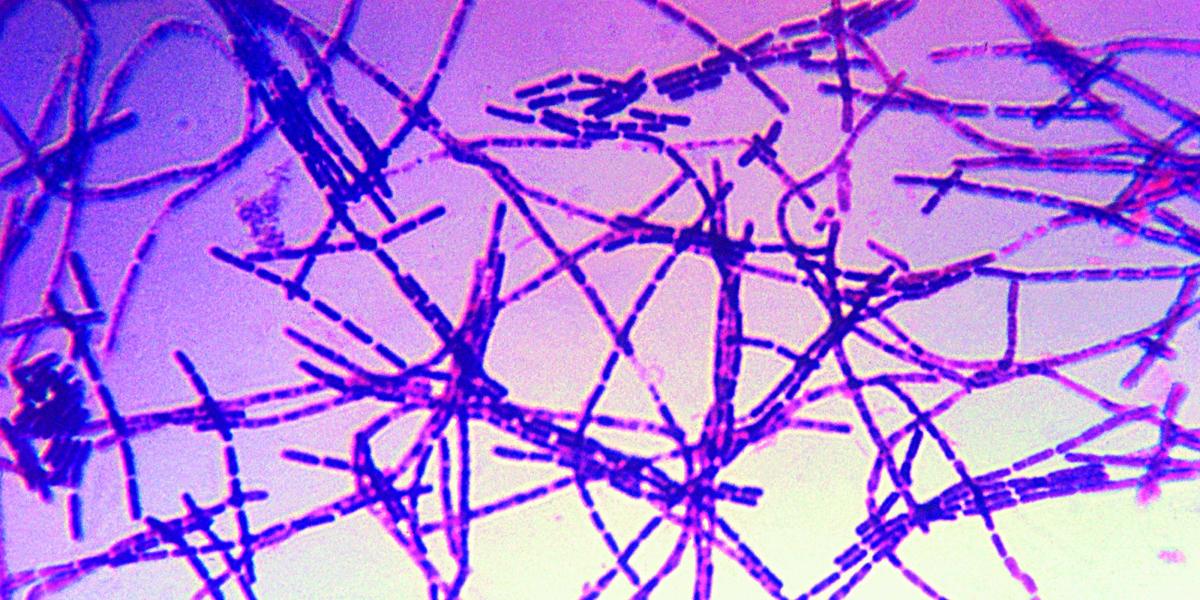Quick Antibiotic Response Key to Containing Anthrax
A new probability study led by biostatistician Ron Brookmeyer, PhD, could provide an important tool for policymakers intent on containing a potential anthrax outbreak caused by bioterrorism.
The study reinforces hopes that the quick distribution of antibiotics will save lives. Brookmeyer’s study, which appeared in the December 16, 2004, edition of Nature, found that about 70 percent of anthrax cases could be prevented if antibiotics were distributed within six days after exposure and patients took them for 60 days. (In 2001, some postal workers did not begin taking antibiotics until nine days after exposure.) “Our study highlights the need for rapid distribution of antibiotics to minimize casualties from an anthrax outbreak,” Brookmeyer says.
“But a long course of antibiotics is not ideal,” he continues, noting that his team further found that “a new improved anthrax vaccine could be especially helpful in reducing the duration of antibiotic treatments.” The current licensed anthrax vaccine requires six doses over an 18-month period to provide immunity—a regimen fewer than half of those in 2001 completed.
